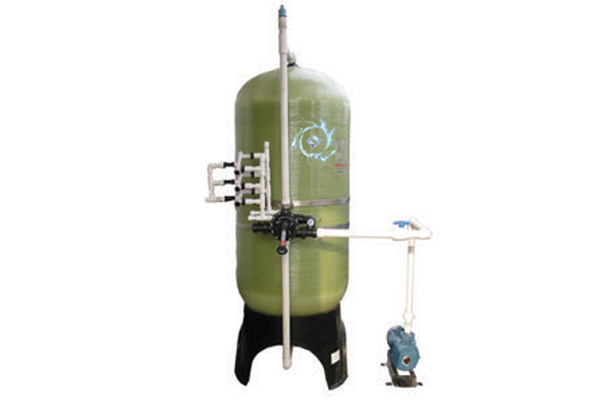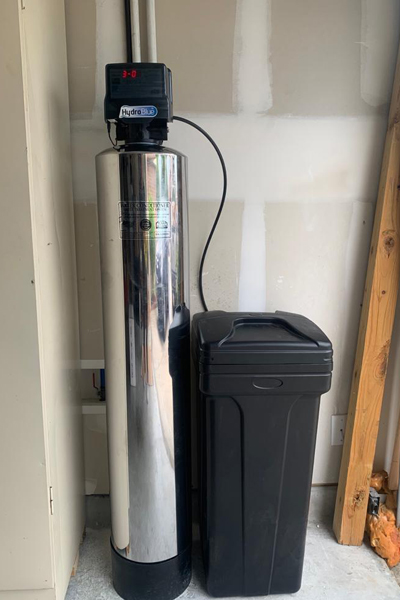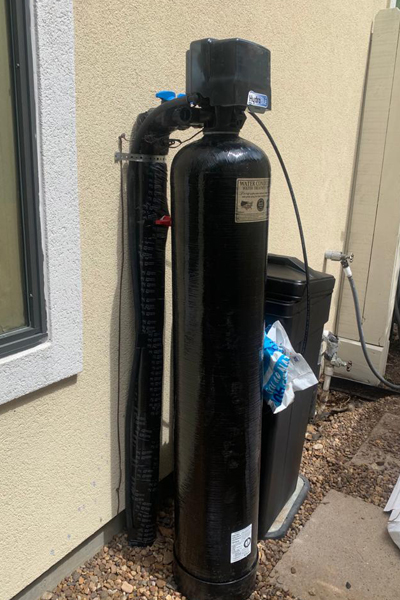“Sai Water” water softening plant is a unit that is used to soften water, by removing the minerals that cause the water to be hard.
Water softening is an important process, because the hardness of water in households and companies is reduced during this process.
When water is hard, it can clog pipes and soap will dissolve in it less easily. Water softening can prevent these negative effects.
Hard water causes a higher risk of lime scale deposits in Companies / household water systems. Due to this lime scale build-up, pipes are blocked and the efficiency of hot boilers and tanks is reduced. This increases the cost of water heating by about fifteen to twenty percent.
Another negative effect of lime scale is that it has damaging effects on machinery.
Water softening means expanding the life span of companies / household machine, and the life span of pipelines. It also contributes to the improved working, and longer lifespan of your systems, and many other water-based applications.

Water Softening Plant
Commercial Water softeners are specific ion exchangers that are designed to remove ions, which are positively charged.
Softeners mainly remove calcium (Ca2+) and magnesium (Mg2+) ions. Calcium and magnesium are often referred to as `hardness minerals`.
Our Softeners are sometimes even applied to remove iron. The softening devices are able to remove up to five milligrams per litre (5 mg/L) of dissolved iron.
Softeners can operate automatic, semi-automatic, or manual. Each type is rated on the amount of hardness it can remove before regeneration is necessary.
A water softening plant collects hardness minerals within its conditioning tank and from time to time flushes them away to drain.
Ion exchangers are often used for water softening. When an ion exchanger is applied for water softening, it will replace the calcium and magnesium ions in the water with other ions, for instance sodium or potassium. The exchanger ions are added to the ion exchanger reservoir as sodium and potassium salts (NaCl and KCl).

Residential Water Softener






